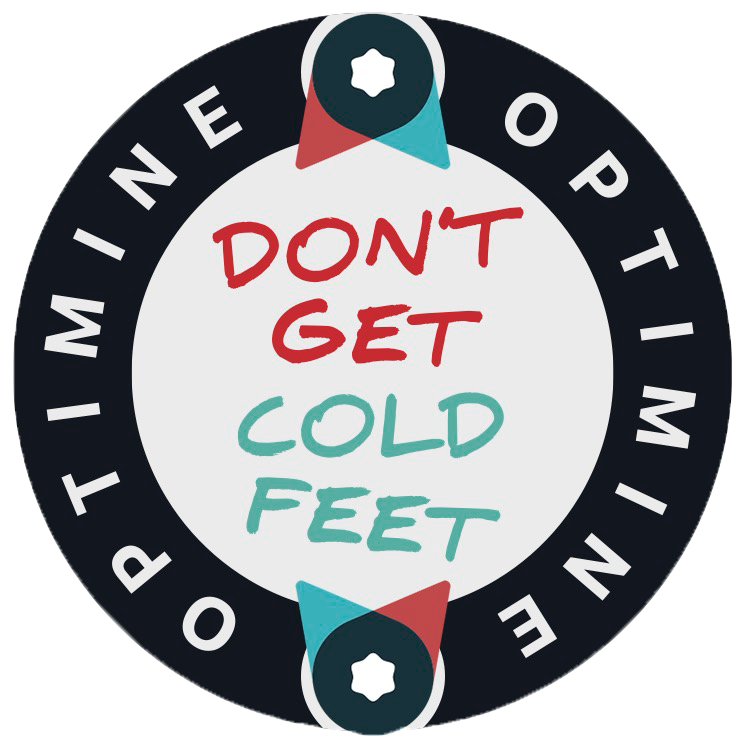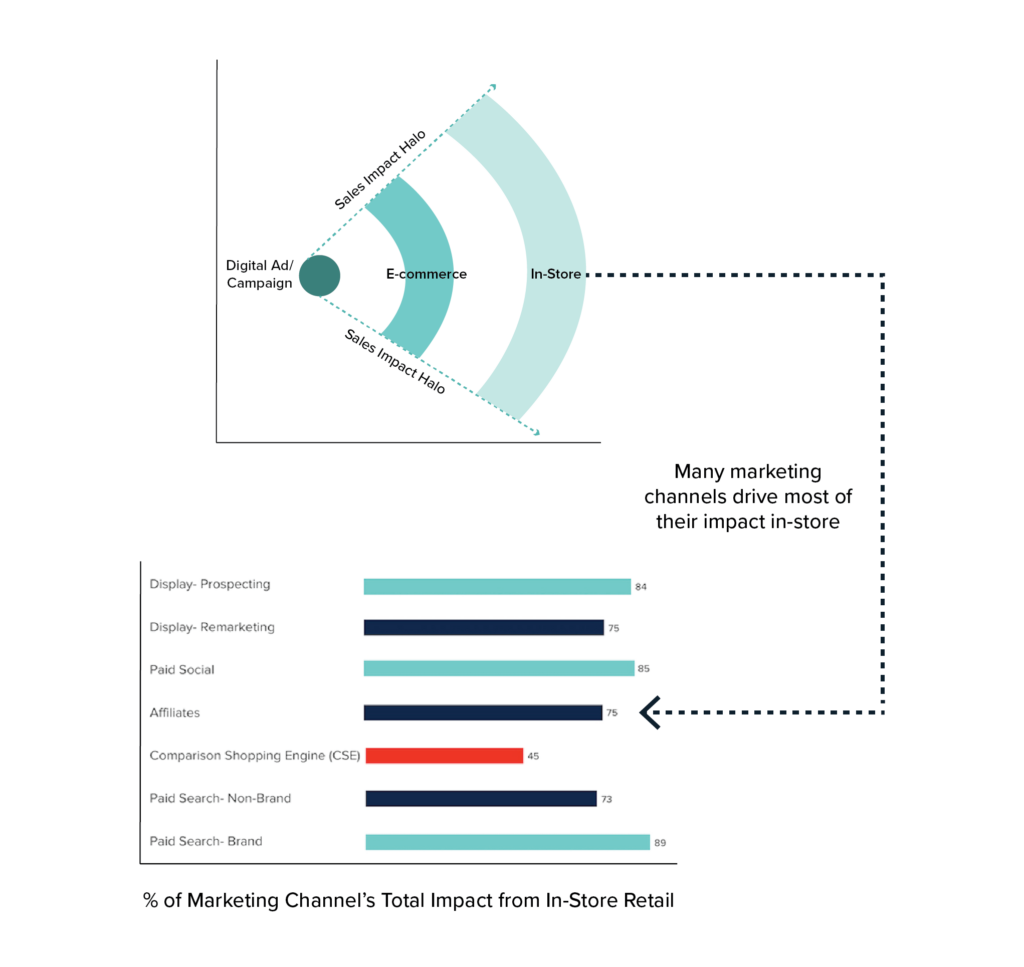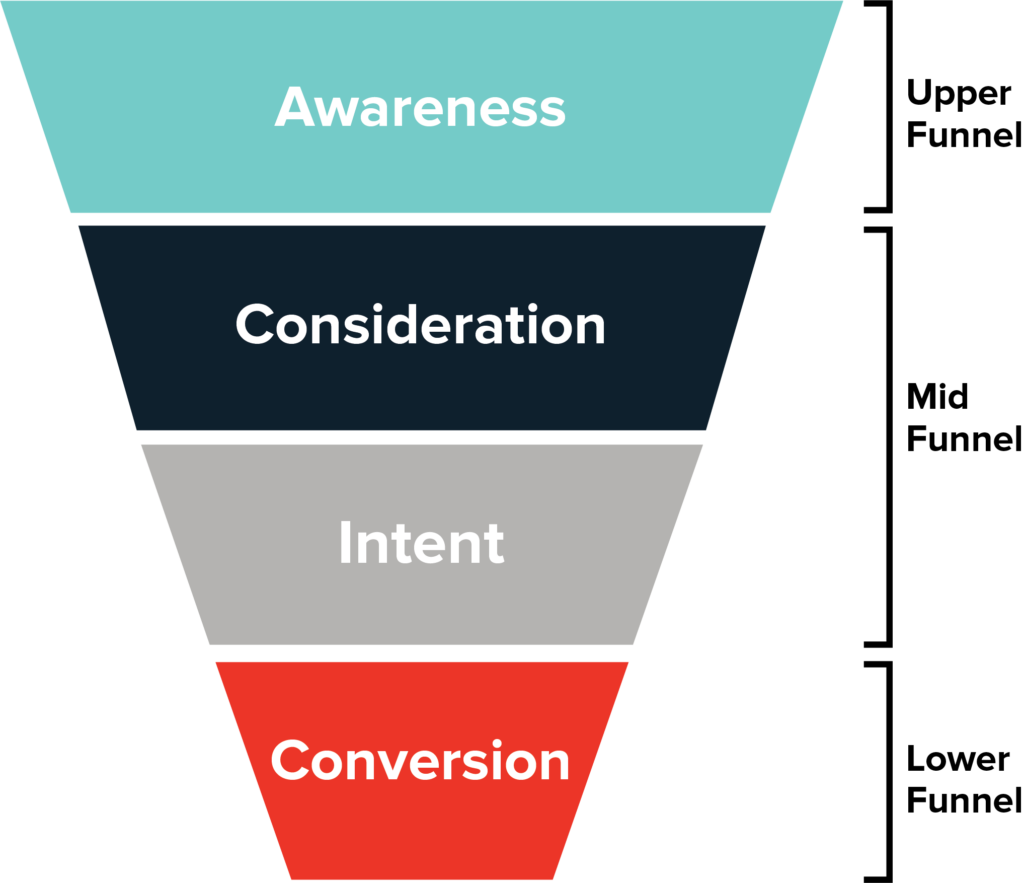How to Recession-Proof Your Ad Spend
10/21/2022
Economic uncertainty is driving brands and their finance teams to reduce costs. One of the most predictable levers that companies pull in these situations is to reduce marketing spend. It is seen as “discretionary”, can usually be cut quickly and in most cases, isn’t very well defended by the marketing team. As a result, the marketing budget is an easy target for finance.

The problem of course, is that cutting marketing almost always results in reduced revenues, and these reductions harm the brand even after a recession is over.
At OptiMine, we speak about marketers getting “cold feet” in times of budget pressures and not being able to defend their investments. So what are the keys to avoid getting cold feet and moving to recession-proof your advertising and marketing? Read on for the top 5 proven approaches that will help you defend your efforts.

1. You Need a Marketing Measurement Intervention (Your Current Marketing Measurement May be Hurting Your Business)
If you are among the 60%+ of companies that are still relying on tracking-based attribution including last-touch, multi-touch or fractional attribution approaches, you need to stop. These approaches are no longer reliable nor accurate and using them to make decisions is very likely harming your business. Consider:
- Apple’s ITP (Intelligent Tracking Prevention) and ATT (App Tracking Transparency) privacy initiatives have taken a huge toll on the ability to track users and sessions on any Apple device: 75% of users have opted out of tracking on their devices (source: https://www.statista.com/statistics/1234634/app-tracking-transparency-opt-in-rate-worldwide/)
- Google TOPICS: with Google’s killing off the 3rd party cookie, they have also announced they will no longer allow individual tracking in Chrome. So that takes nearly all the entire ecosystem offline, unless of course you are relying on Google to tell you how well Google is working.
- Privacy Regulations: California isn’t the only state in the US to have enacted consumer privacy regulations. Plus, it is going to get worse as dozens of states come on board with their own (slightly different) versions of consumer privacy laws.
- Last-touch methods routinely miss the majority of value of ads that are not in the lowest part of the sales funnel. OptiMine’s own Retail Index shows the average incremental value that digital marketing contributes, broken out by e-commerce vs in-store. In the figure below, you’ll see that the vast majority of the performance lift contributed by campaigns in these channels is found in offline channels- all value and lift that last-click misses completely:

The total sum of these various measurement challenges adds up to big trouble for you and your brand if you’re still relying on identity data to measure the performance of your ads.
The issue will be felt the most acutely when finance comes to reduce the marketing budget. In this situation, two things will happen with near certainty:
- Cuts will be made in the mid and upper areas of the marketing funnel because of their extremely low (or zero) direct engagement (click) rates. Some of these investments truly under-perform, the problem is that without advanced marketing measurement, the brand won’t know which work and which don’t.
- The cuts will results in a drop in sales in the medium to longer term, and lower funnel performance will also degrade thereafter.
You are likely planning your 2023 budgets now. Are you going to make this same mistake?
2. Don’t Walk Away from the Upper Funnel
Brand investments are sometimes the hardest to measure and prove lift. Brand-related marketing has a longer impact and may not affect sales in the near term. Likewise, branding effects take longer to re-start and rebuild once brand marketing is shut off, and this is precisely one of the problems when shutting down these areas of the marketing budget.

But the risks are many:
Risk #1: Some areas of your mid and upper funnel advertising work very well to impact both the short term and beyond. This is the problem highlighted by using antiquated and privacy-violating tracking methods of attribution. The accuracy issues of these approaches will yield the wrong budget cut decision and do even more harm.
Risk #2: Just like the stock market, it is nearly impossible to time recessions and their recoveries. So as a brand reduces its branding efforts, the shock of this will be felt later, for longer, and will be even more difficult to rebuild once reinstated.
Risk #3: When your brand reduces upper funnel investments but your competitors have not, you’ve now suffered doubly. Brand awareness and consideration for your competitors will remain steady or even improve, while yours have now been reduced. This can also be turned around into a double-advantage if your brand holds the line on brand budget cuts and your competitors fall into the budget reduction trap.
3. Consider Upper Funnel “Double-Plays”
Pro Tip 💡: some forms of upper funnel investments also yield good activation performance and may be an excellent alternative to upper funnel reductions overall. Many brands invest in traditional media for their broader brand building efforts in areas such as linear TV, print and OOH. And these can be excellent areas for longer term impacts, but they may likely drive little-to-no short term revenue lift.
But there are some alternatives that can do dual-duty for long term brand building while also delivering better short and medium-term hard dollar returns. Some of these channels may have the added benefit of having better CPM economics while providing the ability to deliver audience, impressions and reach of traditional media.

Consider the case of OLV, OTT and other programmatic video channels where reach and audience may be achieved more cost effectively versus linear TV, while simultaneously delivering solid shorter term performance. By choosing some of these vehicles over more traditional forms of brand advertising, you may achieve a combination of goals: maintained brand investments, with improved efficiency while protecting near-term revenues.
The key to pulling this off: knowing the full incremental value of these marketing investments & vehicles. A brand can’t pull off this double-play without the right kind of teammates (advanced marketing measurement).

4. Move to Future-Proof Measurement (Marketing Mix Modeling— MMM)
Marketing mix modeling— or MMM for short—is a measurement methodology in place over the last several decades used by large brands to measure the broad impacts of broadcast media. But it turns out that you can teach an old dog new tricks. Today’s MMM can be an entirely different animal— one that runs circles around tracking-based attribution:
- It is fast: while traditional MMM is extremely slow, manual and inflexible, modern MMM using AI and high-scale software is deployed in a fraction of the time and can deliver continuous updates.
- Delivers deeply granular, actionable measurement: traditional MMM is summarized at channel levels and is difficult to take action on. Today’s modern MMM delivers insights at campaign and execution levels to provide marketers and agency partners deeply granular and detailed guidance.
- It measures both digital and traditional marketing vehicles: unlike multi-touch attribution, today’s MMM measures both digital and traditional media in detail so no investment is left out of the measurement picture.
- Measuring performance across any online or offline conversion point: likewise, modern MMM measures any conversion point: online, offline, in-app, call center, agent and field channels, and anything else under the sun.
5. Choose Your Own Adventure: Embrace Scenario Planning to Navigate Uncertainty
Life is uncertain, and so is your budget right now. Scenario planning is an optimization technique that allows the marketer (meaning you) to run different what-if scenarios to determine the most optimal allocation of your marketing budget given those what-ifs, along with the most likely outcome if you follow that allocation. So when finance comes knocking on your door looking for budget cuts, you can show why reductions will harm your business (and where). Better yet, you can then show other scenarios that will yield improvements and get finance on board with these changes via data-driven arguments for a better alternative.
The main key is that a marketing team have the capability to run these scenarios because it allows the brand to anticipate any number of contingencies and be ready with the right answer when or if they become reality.
Plan for Uncertainty
The quote from Eleanor Roosevelt says it all, “It takes as much energy to wish as it does to plan.” Now with high-scale software and advanced analytics, planning is easier than ever. Running scenario plans to account for uncertainty takes many of the risks, fear and mistakes that might arise when business, the economy or consumer behaviors don’t match expectations.
One OptiMine customer decided to run an A/B test comparing marketing budget allocations during the pandemic as uncertainty abounded. They split markets into two groups: one set that followed their typical budget allocations and another that followed OptiMine’s optimization recommendations. The outcome was jaw-dropping: revenue growth driven by the OptiMine optimized budget was over double that of the control group.
Plan for Both the Short Term and the Long
Scenario planning isn’t just for annual budgets or long-term planning. Consider these shorter-term use cases:
- What is the right marketing mix for the final 3 weeks to help us hit the quarter?
- Finance told us we have extra dollars to invest at the end of the year- where should we spend it?
- Finance told us we need to cut 10% of our budget this month- what are the safest areas to do this causing the least amount of harm?
Make Sure Plans Are Actionable
Most MMM tools are too generalized for any team to make specific actions for improvement. Consider this type of common MMM output:
Recommendation: spend 3% more on Paid Search
What is the paid search team supposed to do with that guidance?! If your brand has dozens of ad groups, hundreds of campaigns or uses any normal level of complexity in paid search, this type of guidance is completely useless.
So, why should scenario planning guidance lack actionable detail? This is where software, scale and automation come into play and can mean the difference between guidance of zero value and achieving real ROI and succeeding. The devil is in the detail, but so is the ROI and performance lift.
Making the Case for Advanced Marketing Measurement & Optimization
With economic uncertainty and pressure to cut budgets, the one cornerstone capability needed for all marketing teams to succeed is advance marketing measurement and optimization. By being able to measure all channels, campaigns and outcomes confidently and run scenario plans on-the-fly, marketers can not only push back on damaging budget cuts but also be ready with pre-determined playbooks for any contingency.
So, now is not the time to get cold feet. Up-level your marketing measurement and planning capabilities and put yourself in a position of success regardless of what the world throws your way.


